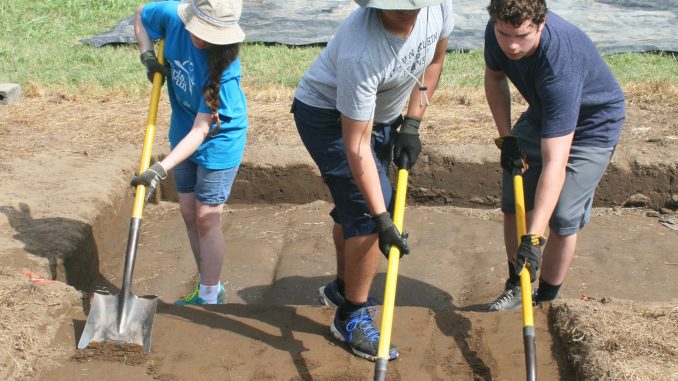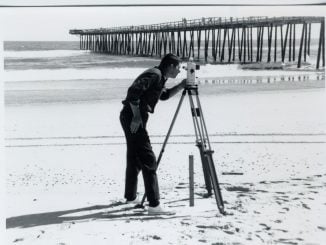
MORGANTON A cultural showcase will take place on Friday, March 17, at the Hickory Metro Center. It features Native American dance and Spanish reenactors paying homage to the region’s cultural roots. It is based on the 1567 meeting between Spanish explorers and Native Americans at Joara, the Burke County site where the Spanish built Fort San Juan and the two cultures coexisted for 18 months. The evening will also include demonstrations of Native American crafts, a silent auction, a live auction, and food and drinks.On Saturday, March 18, there will be an unveiling of the first-ever professional museum exhibit to tell the story of this amazing and little-known piece of American history. The exhibit will be housed at the History Museum of Burke County in downtown Morganton. The free exhibit is of significant scale and will be in place for at least two years. It features panels and artifacts representing the lives of the Native American people and Spanish explorers, and includes pieces of Spanish pottery, chain links from Spanish armor and nails that were used in the 1567 fort. It tells the story of houses constructed in the native style but built by Spanish tools.The driving force behind both events is the Exploring Joara Foundation, a nonprofit organization designed to educate the public about the historic significance of Fort San Juan, which predates the founding of Jamestown by 40 years and the “Lost Colony” of Roanoke by 18 years.”Fort San Juan is the first inland European settlement in the U.S. and it’s right here in Morganton in our backyard. We want the public to know there are many opportunities to get involved with public archaeology and programming,” said Marie Palacios, executive director of Exploring Joara Foundation.”The exhibit will allow people to walk through and understand more clearly the 18 months that the Spanish and the Native Americans lived together and what that might have looked like, as well as see some of the artifacts they left behind,” Palacios explained.Palacios points out the events are to commemorate this historical encounter and celebrate the descendent communities. Ultimately, Fort San Juan (as well as five other forts along the Spanish and Indian Colonial Trail) was destroyed by local residents. At Fort San Juan, of the 30 men left behind by Pardo, only one survived.”You’re talking about an encounter between two peoples and two cultures that forever changed them both, and, essentially, the entire country,” Palacios says. “Our lead researcher, Dr. David Moore, often says it’s possible that if the Native Americans had not destroyed the Spanish outposts in 1568, much of the American South today would be part of Spain.”



